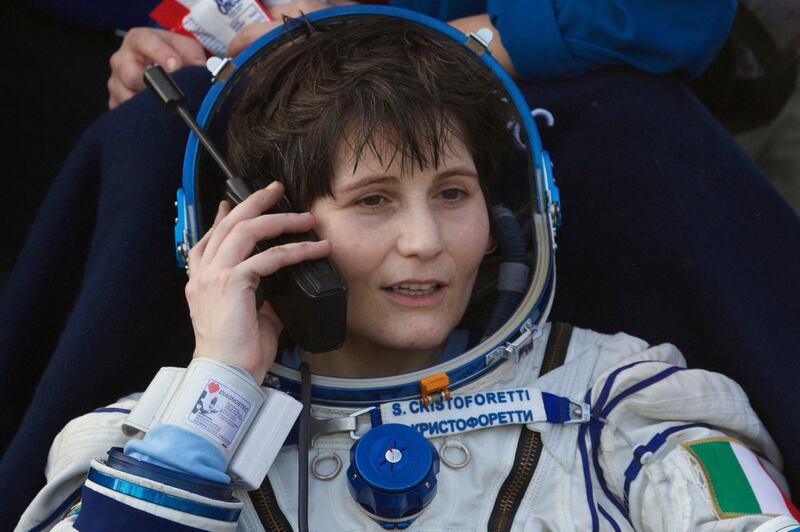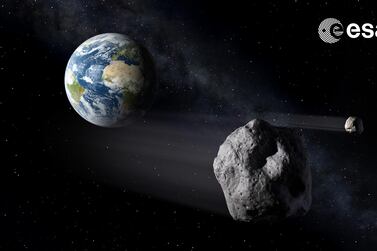The European Space Agency (ESA) is hoping to enlist physically disabled astronauts as it launches its first recruitment drive in more than a decade.
The agency plans to recruit between four and six career astronauts, with a further 20 people in a pool of reserve astronauts, who could go to the surface of the Moon if plans are realised.
Announcing its aims at an online press conference, the ESA said it is aiming to become more diverse and strongly encouraged women to apply for the new positions.
On #YourWayToSpace? Find out more about ESA's #AstronautSelection: tune in today from 12:00 GMT/13:00 CET 👉 https://t.co/F3Y53FHkry
— ESA (@esa) February 16, 2021
We'll launch a new web site today with more info and selection criteria. Applications open on 31 MARCH.
👉 https://t.co/IDfJq13miK#ESArecruits pic.twitter.com/SjkwcZWAoX
Those selected will initially embark on research missions to the International Space Station (ISS) but may go further in the next five to 10 years, with the Moon touted as a possible destination.
Applicants will need to be fluent in English and one other language, with a strong scientific background also a pre-requisite.
The vacancy runs from March 31 to May 28. After that, the six-stage selection process will start and is expected to be completed by October 2022.
Speaking at the event, Frank De Winne, head of the European Astronaut Centre, said: "The career astronauts will fly long-duration missions to the ISS where they will participate in research activities.
"But it will not stop there. We are currently working with international partners on future programmes. ESA astronauts will fly to the Gateway [Moon orbiter] – further than any person has been before.
"Eventually, we want to work with our member states to fly European astronauts to the surface of the Moon," Mr De Winne said.
"So while the initial missions will be to the ISS, that will be the core objective for five to 10 years, afterwards they may have opportunities to fly further away to the Moon and maybe to the surface of the Moon."
ESA Director General Jan Worner said: "We are looking towards the Moon … and Mars. We need very excellent astronauts for the future.
“To go farther than we ever have before, we need to look wider than we ever have before.”
Sixty-five of the 560 people who have gone into space have been women. Of those 65, 51 were American.
The ESA has sent only two women into space -Claudie Haigneré and Samantha Cristoforetti - and is now trying to redress the imbalance.
The ESA said the "time has come" to put disabled people into space as part of an initiative called the Parastronaut Feasibility Project.
According to the ESA, it is the first time that a space agency anywhere has opened the application process up to people with disabilities.
“Representing all parts of our society is a concern that we take very seriously,” said David Parker, the agency’s Human and Robotic Exploration Director.
"Diversity at ESA should not only address the origin, age, background or gender of our astronauts, but also perhaps physical disabilities."
British astronaut Tim Peake welcomed the approach, saying it "will hopefully change the landscape" so that people from diverse backgrounds "will see that actually there is an opportunity here to become part of Europe's new space pioneers".








